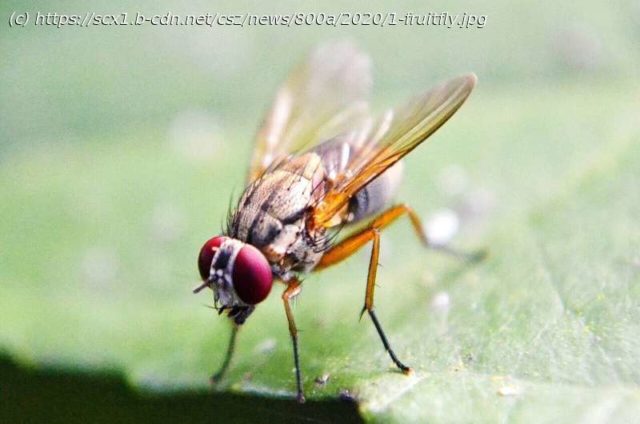Obese fruit flies are the experimental subjects in a Nature Communications study of the causes of muscle function decline due to obesity. In humans, skeletal muscle plays a crucial role in metabolism, and muscle dysfunction due to human obesity can lead to insulin resistance and reduced energy levels.
Obese fruit flies are the experimental subjects in a Nature Communications study of the causes of muscle function decline due to obesity. In humans, skeletal muscle plays a crucial role in metabolism, and muscle dysfunction due to human obesity can lead to insulin resistance and reduced energy levels.
Interestingly, studies in various animal models have shown that time-restricted feeding—a natural non-pharmaceutical intervention—protects against obesity, aging and circadian disruption in peripheral tissues such as skeletal muscle. However, the mechanisms underlying those benefits were not known.
In fruit flies—scientifically known as Drosophila melanogaster—obese Drosophila that are subjected to obesogenic challenges and treated with time-restricted feeding have shown improved muscle performance, reduced intramuscular fat, lowered levels of phospho-AKT and a reduction in the marker of insulin resistance. Intramyocellular lipids and triglycerides deposited within skeletal muscle cells can be harmful if not routinely depleted.
The current study, led by University of Alabama at Birmingham researcher Girish Melkani, Ph.D., provides a potential mechanistic basis for the benefits mediated by time-restricted feeding.






